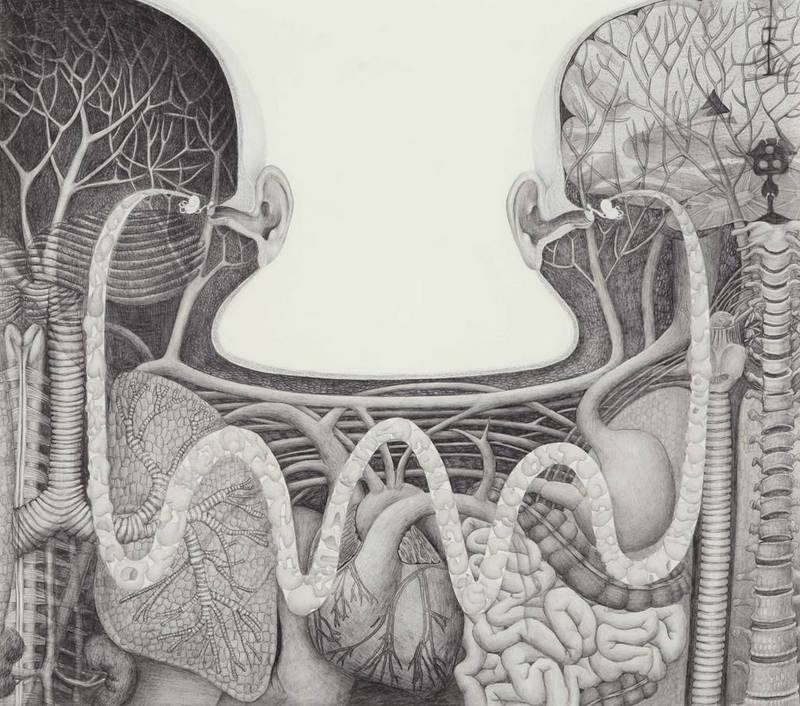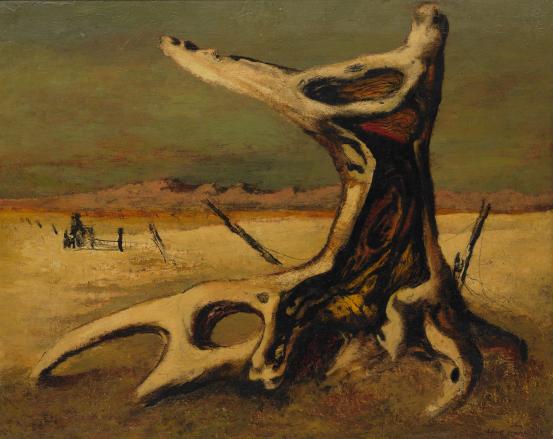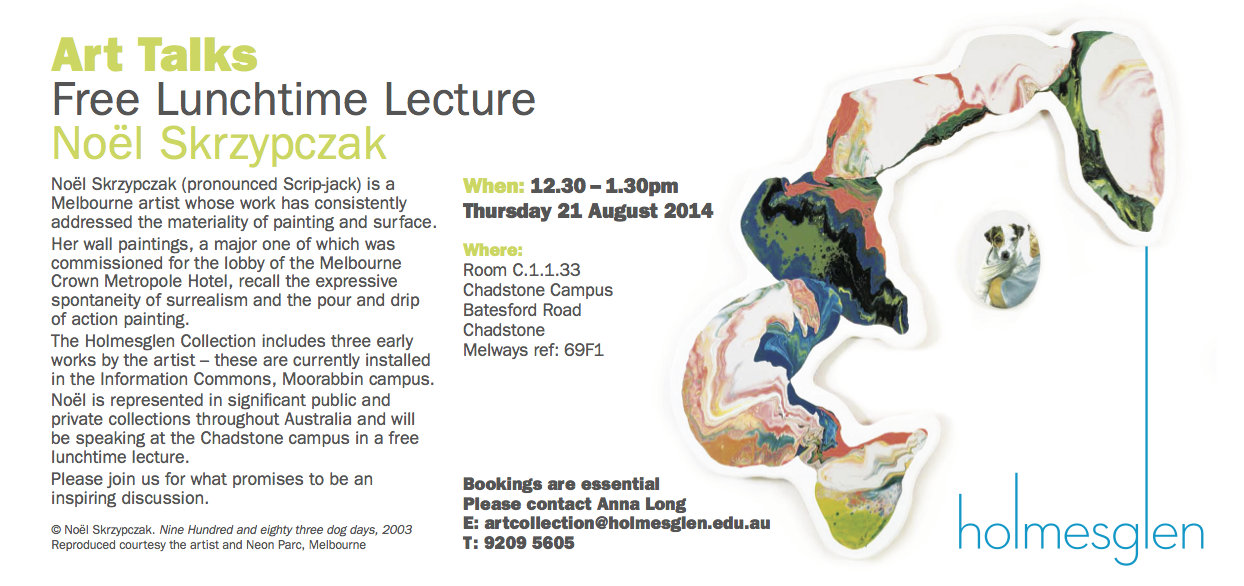A Body of Knowledge Symposium
The University of Melbourne

Medical Science is much more than a single discipline, it intersects with art, technology philosophy and history. This symposium will consider the medical body from a number of perspectives. The morning sessions explore forensic and scientific innovations as well as considering the social and cultural history of the Melbourne Medical School.
The afternoon sessions probe what happens when artists investigate the boundaries of anatomy, historically through models and images, and in the future, where technological evolution challenges our ideas of what it is to be human.
See full details of the art history papers below.
Session One
11.00 – 11.30 | The Demon in the Body Professor Mark Cook Chair of Medicine, St Vincent’s Hospital
11.30 – 12.00 | The sick man thesis: bodies and disease in the nineteenth century
Dr James Bradley Lecturer in the history of medicine/life sciences in the Centre for Health and Society and the History and Philosophy of Science
12.00 – 12.30 | Cadavers, Medicalisation and the Social Dimension of Dissection at the University of Melbourne in the Nineteenth and Twentieth Centuries
Dr Ross L Jones Historian, Author of Humanity’s Mirror: 150 Years of Anatomy in Melbourne
12.30 – 1.00 | ‘Bazar de la Charite Fire’ – the genesis of forensic odontology
Dr Anthony J Hill President of the Australian Society of Forensic Odontology and Society representative Interpol DVI Organisation.
Session Two
2.00 – 2.30 | Close and detailed: The relationship between Artists and Anatomists in the creation of wax anatomical models
Victoria Hobday Curator and Art Historian
Artists and anatomists co-operated from the sixteenth through to the nineteenth century to produce books and later models that illustrated the new encounter with human anatomy. These models, which were initially closely linked to the practice of dissection, were adapted for different audiences before being overtaken by new technologies at the end of the nineteenth century. This paper focuses on the Tramond wax anatomical models produced in Paris that were bought for the Medical school at the University of Melbourne at the end of the nineteenth century.
2.30 – 3.00 | Issues of Contemporary Motherhood in the art of Patricia Piccinini
Dr Helen McDonald (Writer and Art Historian)
In this paper, Helen McDonald questions the idea that Patricia Piccinini’s art is “ethical aesthetics,” as one commentator has described it. Referring to Patricia Piccinini: Nearly Beloved, she explains how allegories of motherhood and the body are central in Piccinini’s art, enabling it to evoke primal human feelings—in all their strangeness—about relating to others in a world of accelerating technological change. McDonald shows how Piccinini’s art, in that it is driven by emotion, confounds reason, prevents judgment and expresses ambivalence. As such, her art reflects the dilemmas that prospective mothers confront.
3.00 – 3.30 | Meat, Metal and Code: Alternative Anatomical Architectures
Stelarc (Performance Artist, Chair In Performance Art, School of Arts, Brunel University, London)
Stelarc will discuss his projects and performances with prosthetics, robotics and biotechnology.
Date: Saturday 15 September 2012 , 11am
Venue: Elizabeth Murdoch Building Theatre A, University fo Melbourne, parkville
Admission free, bookings recommended
Enquiries: Jenny Long 0419 368 047





